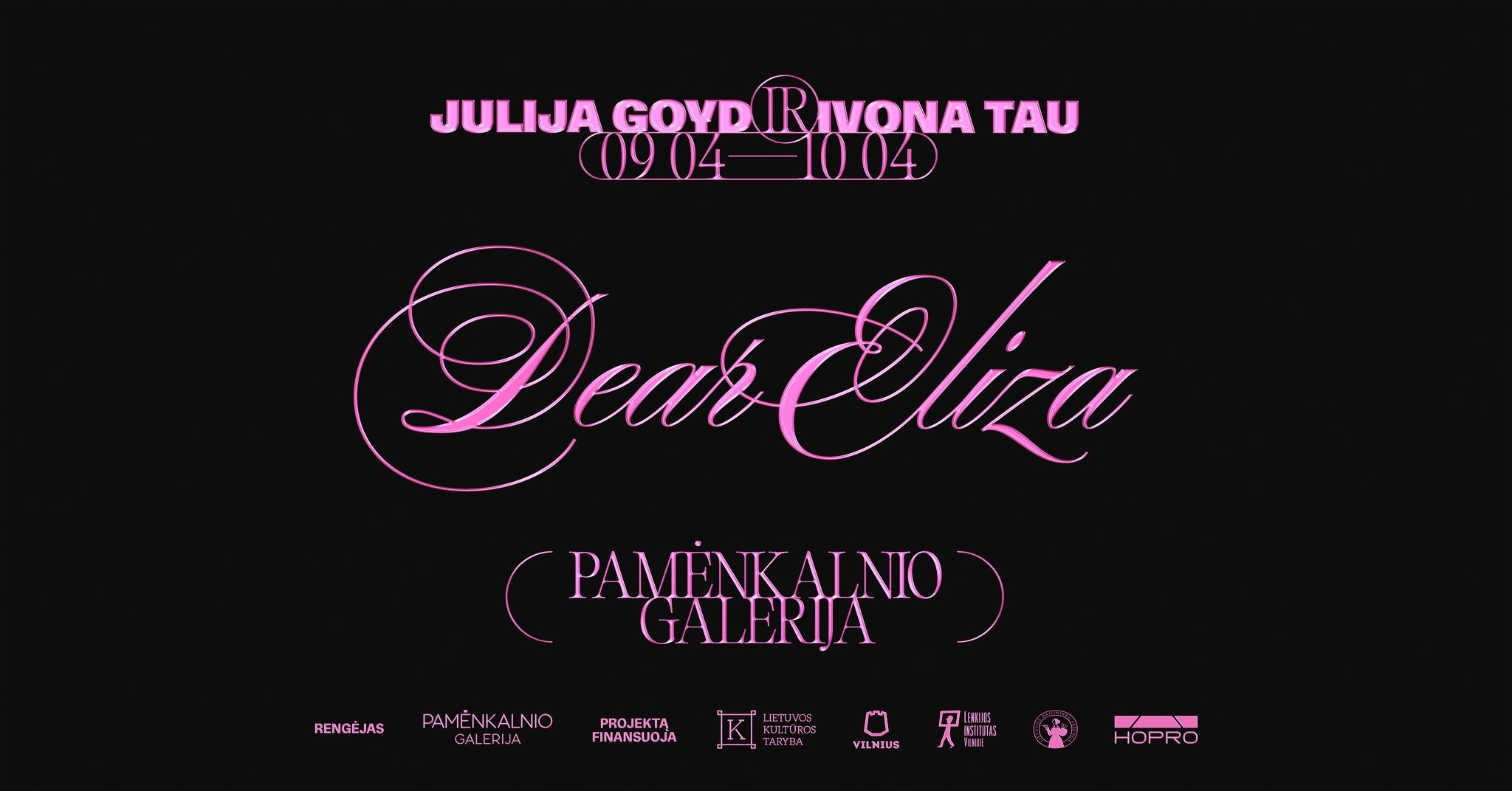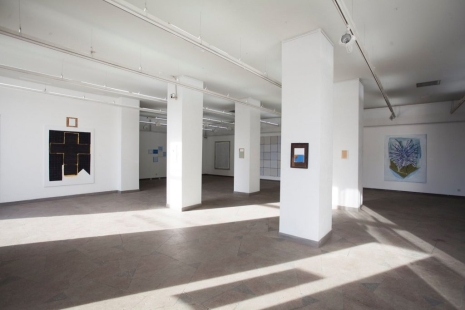Created in 1966, ELIZA was the first program in human history to simulate a psychotherapeutic conversation. Much like today’s chatbots, it engaged in dialogue with people, seemingly helping them work through psychological concerns. In reality, ELIZA only pretended to understand or to learn from its interlocutors – just as Eliza, the heroine of Bernard Shaw’s Pygmalion, perfected the imitation of upper-class speech. Both Elizas – the computer program and the stage character – maneuvered within patriarchal structures by means of mimicry and emotional labor, creating an impression of social “flexibility.”
As Dr. Gražina Bielousova has noted, “feminized care” is one of the most invisible and undervalued forms of labor, most often assigned to women. The name ELIZA reminds us that imitation, servitude, and endless compliance have been inscribed into the history of technology from the very beginning, framed within the logic of inexhaustible, tireless care and creativity.
In the works of Lithuanian artists Julija Goyd and Ivona Tau, based in Berlin and Warsaw respectively, artificial intelligence also imitates – yet here it openly acts as a co-author, imitating itself. In their separate and joint artistic experiments, the same visual resources intersect but diverge in different directions. AI-induced glitches expose not only mistakes but also the limits and specificity of the artists’ dialogue with the system. Promptography* is the transition of photography into the regime of language: the camera is replaced by words, whose combinations generate images. The “prompt” becomes the machine’s mechanism. Authorship in working with AI is deconstructed – distributed among the artists, language, data models, and the system itself. Yet AI fails to sustain the image of a flawless body or a perfect face of care – it distorts it, laying bare the very structure of visual and linguistic imitation.
The “care” of artificial intelligence, and the artistic dialogue with it, emerge in the folds of the female body as rendered in Goyd’s and Tau’s works. Through rewriting the body of care, what has been cast aside – beyond youth, proportion, or idealized form – can be acknowledged, embraced, and valued. Cracking bodies and fractured images resonate, and through the interplay of image and text, open new possibilities to rethink what might still be called an aesthetic user interface.
*The term “promptography” was first used by photographer Christian Vince in a Facebook post explaining his decision to decline the Sony World Photography Award for an AI-generated image.
ABOUT THE ARTISTS
JULIJA GOYD is a Berlin-based photographer, video, and film artist. Her works were included in The Naked & The Nude (2013), a photography anthology curated by Peter Weiermair (Stockmal and Martel), alongside such internationally renowned artists as Wolfgang Tillmans, Nobuyoshi Araki, Ralph Gibson, Vanessa Beecroft, and Jeff Bark. Following its success, Weiermair curated Faces (2015), where Goyd’s photographs appeared again, this time together with works by Robert Mapplethorpe, Juergen Teller, Anton Corbijn, Antoine D’Agata, and Pieter Hugo. Since 2016, she has collaborated with &editions, a non-profit initiative supporting artists and institutions, the first of its kind in the Baltic region, presented at art book fairs such as Printed Matter LA (2017), Offprint London at Tate Modern (2017), Printed Matter NY at MoMA PS1 (2017), and Offprint Paris at École Nationale Supérieure des Beaux-Arts (2018). In 2020, GUP Magazine listed her among Europe’s best emerging photographers. Her works were exhibited at the Kaunas International Festival of Photography and Art (2024) and Les Rencontres d’Arles (2025). In Lithuania, her exhibitions have been shown at AV17 Gallery (2020) and Drifts Gallery (2024).
IVONA TAU is a Warsaw-based generative AI artist working with neural networks and code as a medium in experimental photography and motion painting. Her aim is to evoke emotion through artificially intelligent tools, creating universally resonant memories by transforming her own analog and digital film archives through generative adversarial networks (GANs). With over 15 years of experience in professional photography and AI research, Tau bridges art and technology. In 2020, she won the Grand Prix at the Digital Ars competition for an AI-generated artwork; in 2021, she received the Computer Animation award at the international Computer Space art forum; and in 2022, she was named among the top 10 most influential women in AI by the Women in Tech Foundation. She was also nominated for the ABS Art Prize, Digital Art Awards, and the Lumen Prize in 2025. Tau’s works have been widely exhibited worldwide, including at Art Basel Miami Beach, UNTITLED Art Fair, SCOPE, CAFA, Art Week Shenzhen, Vellum, Bitforms New York, Venus Over Manhattan, Ars Electronica Garden, The House of Fine Art, Bright Moments Berlin, Christie’s New York, and Sotheby’s New York. Her works are held in the collections of ZKM | Center for Art and Media (Germany) and Francisco Carolinum Linz (Austria).
Curator: Justė Kostikovaitė
Architect: Sigita Simona Paplauskaitė
Graphic Design: Julija Lečaitė
Organizer: Pamėnkalnio Gallery
Supported by: Lithuanian Council for Culture, Vilnius City, Polish Institute in Vilnius, HoPro, Lithuanian Artists’ Association





